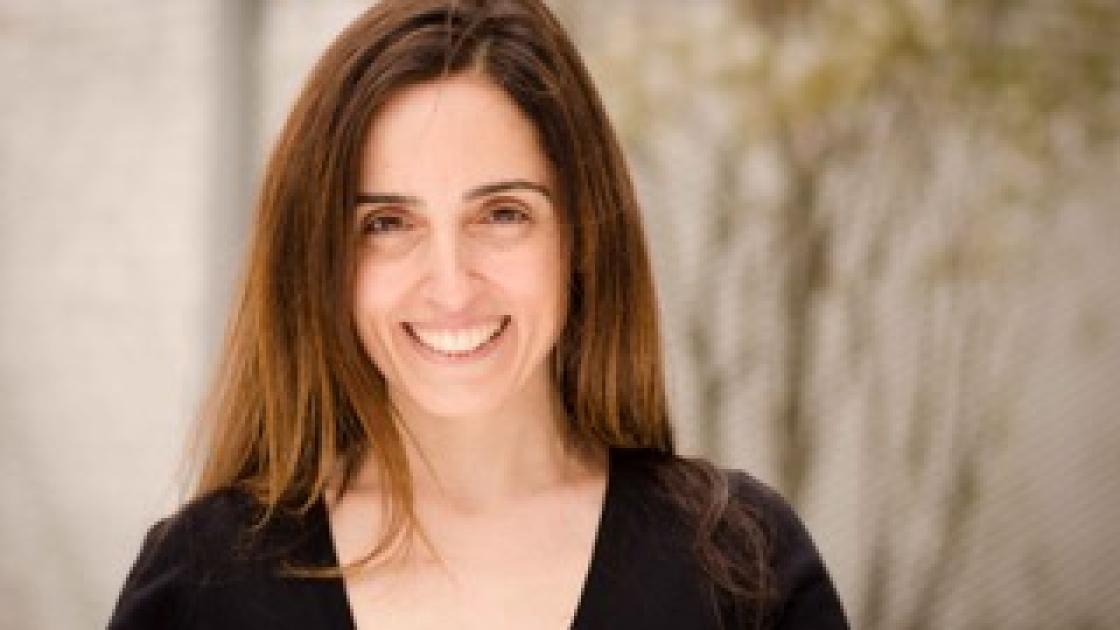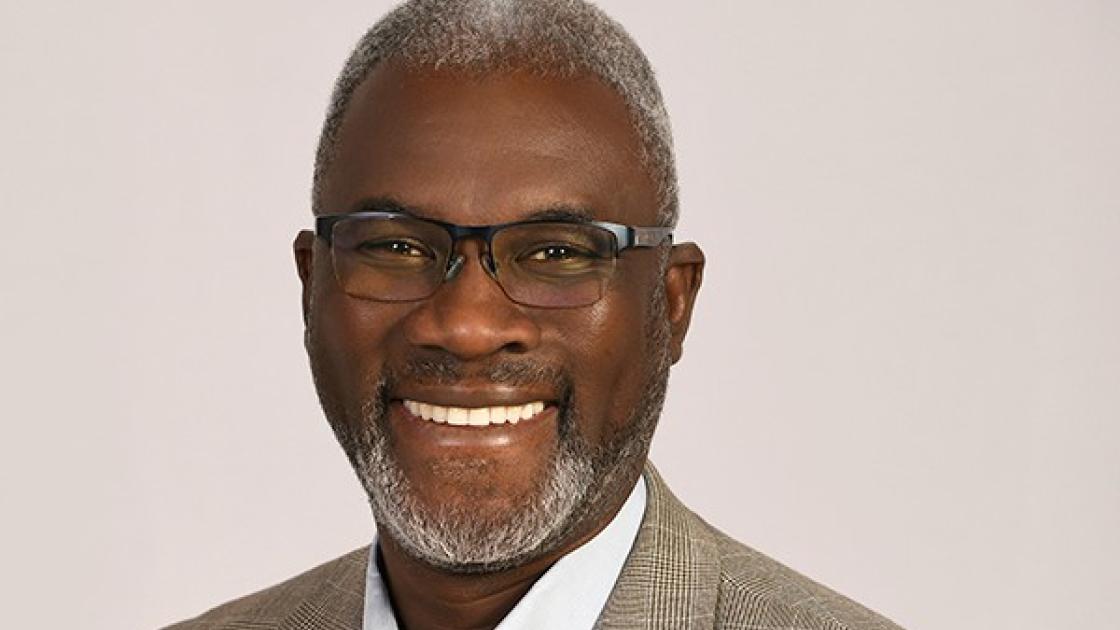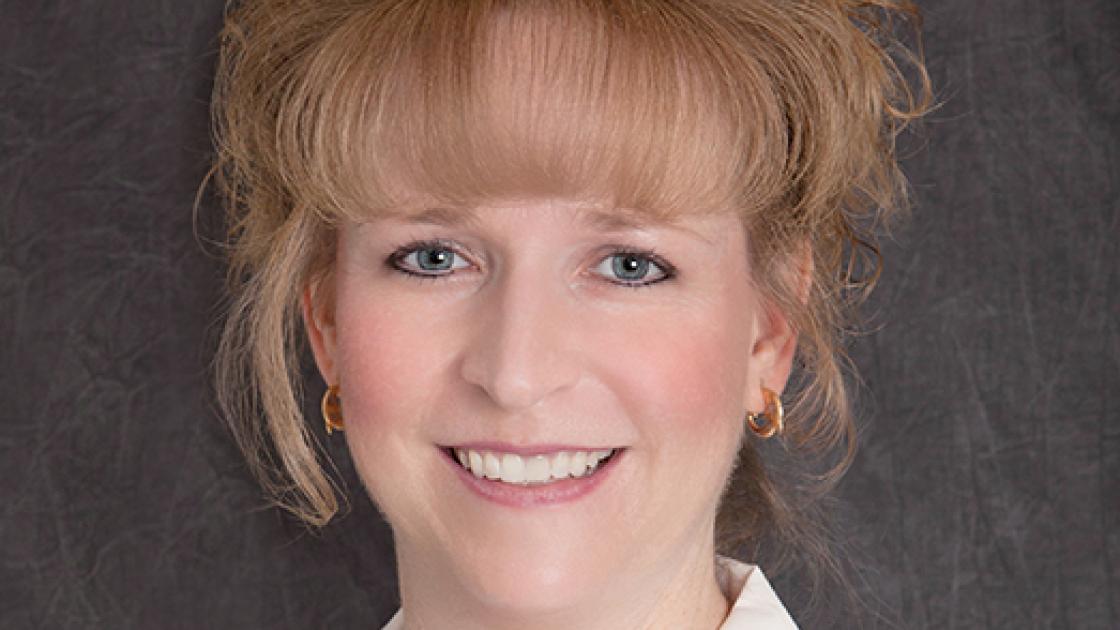
Ebru Demir, MSc, PhD: Exploring the brain’s blueprint for connection
In the early hours of a summer morning in 1999, a massive earthquake struck the city of Adapazarı, Turkey, killing more than 17,000 people and leaving nearly half a million homeless. Among those lost were the father and close friends of Ebru Demir, then a teenager with a growing curiosity about science.
“That loss reshaped everything,” she says. “It made me want to understand how connection heals us, grounds us and gives us purpose.”
Today, that purpose fuels Demir’s research at SIU School of Medicine, where she studies how the brain forms, values and remembers human relationships — and what happens when that process breaks down. Her work seeks answers to some of life’s most personal and profound questions: How do we bond? Why do those bonds matter? And how can we help people reconnect when that ability is disrupted?
The social brain
A scientist in the Department of Biomedical Sciences (BMS), Division of Anatomy and Neuroscience, Demir explores the neural roots of social behavior. Her research stretches from fruit flies to mice to mammalian brains, revealing how we perceive, prioritize and respond to social cues.
“Dr. Demir’s research is at the forefront of social neuroscience, offering critical insights into how the brain encodes interpersonal connection, memory, and behavior,” said Joseph Cheatwood, PhD, SIU associate professor in the department of anatomy and colleague. He added, “Her groundbreaking work is shaping the future of treatments for conditions that disrupt human interaction.”
She began with a bold question: Can a single gene control behavior? In fruit flies, she discovered that it could.
In a landmark study, Demir and her team focused on the fruitless (fru) gene, which governs the elaborate courtship ritual in male flies. When they switched the gene between sexes, behaviors reversed — females began displaying actions typically seen only in males. The results showed that even complex social behavior can be hardwired.
“What we learned from fruit flies is that social behavior isn’t just emergent — it’s constructed,” she says. “That insight opened the door to studying how specific genes and circuits shape interaction in mammals.”
Her curiosity next turned to pheromones, the brain’s chemical messengers. She identified darcin, a pheromone in male mouse urine that strengthens memory, drives behavior and signals presence. Her lab traced its effects to the medial amygdala, a brain region that processes emotional and social signals.
Now at SIU, Demir is studying how the orbitofrontal cortex — the brain’s decision-making center — evaluates the value of social experiences. Her team uses behavioral tasks in which animals choose between social interaction and a water reward, mimicking real-world decisions.
“We’re mapping how the brain decides what matters more — a sip of water or a moment of connection,” she says.
From Columbia to Carbondale
Demir earned her doctorate at the University of Vienna and a postdoctoral at Columbia University, where she spent 13 years investigating the “social brain” (the interconnected systems that allow us to interpret and engage with others). In 2023, she joined the faculty at SIU School of Medicine, drawn by its mission of community-based research and patient-focused care.
“Dr. Demir’s research is at the forefront of social neuroscience, offering critical insights into how the brain encodes connection, memory and behavior,” said Joseph Cheatwood, PhD, associate professor of anatomy and Demir’s colleague. “Her groundbreaking work is shaping the future of treatments for conditions that disrupt human interaction.”
Her lab now explores what happens when the brain’s social wiring misfires — a key to understanding and potentially treating conditions like autism, depression and Alzheimer’s disease.
Science and empathy
For Demir, science has always been personal. As a child, her father — a dentist — brought home anatomical models and shared lessons about the human body. Her grandfather introduced her to perception tricks that made science feel like magic. That foundation, combined with the grief and growth that followed the earthquake, shaped her approach to research and mentorship.
“Science is about discovery, but it’s also about people,” she says. “It’s about building a community of thinkers who are curious and compassionate.”
She encourages that spirit in her lab, inviting students to ask questions, test ideas and explore through hands-on work. “I want my students to feel like partners in this,” she says. “Their ideas matter. Their curiosity matters.”
As Demir continues her work, each experiment brings her closer to understanding how connection shapes us, and how we can use that knowledge to help others heal.
“Understanding how we connect is key to understanding how we heal,” she says. “And that’s what drives me, finding those answers and sharing them with the world.”
To stay up on her work view the Demir Lab website.



